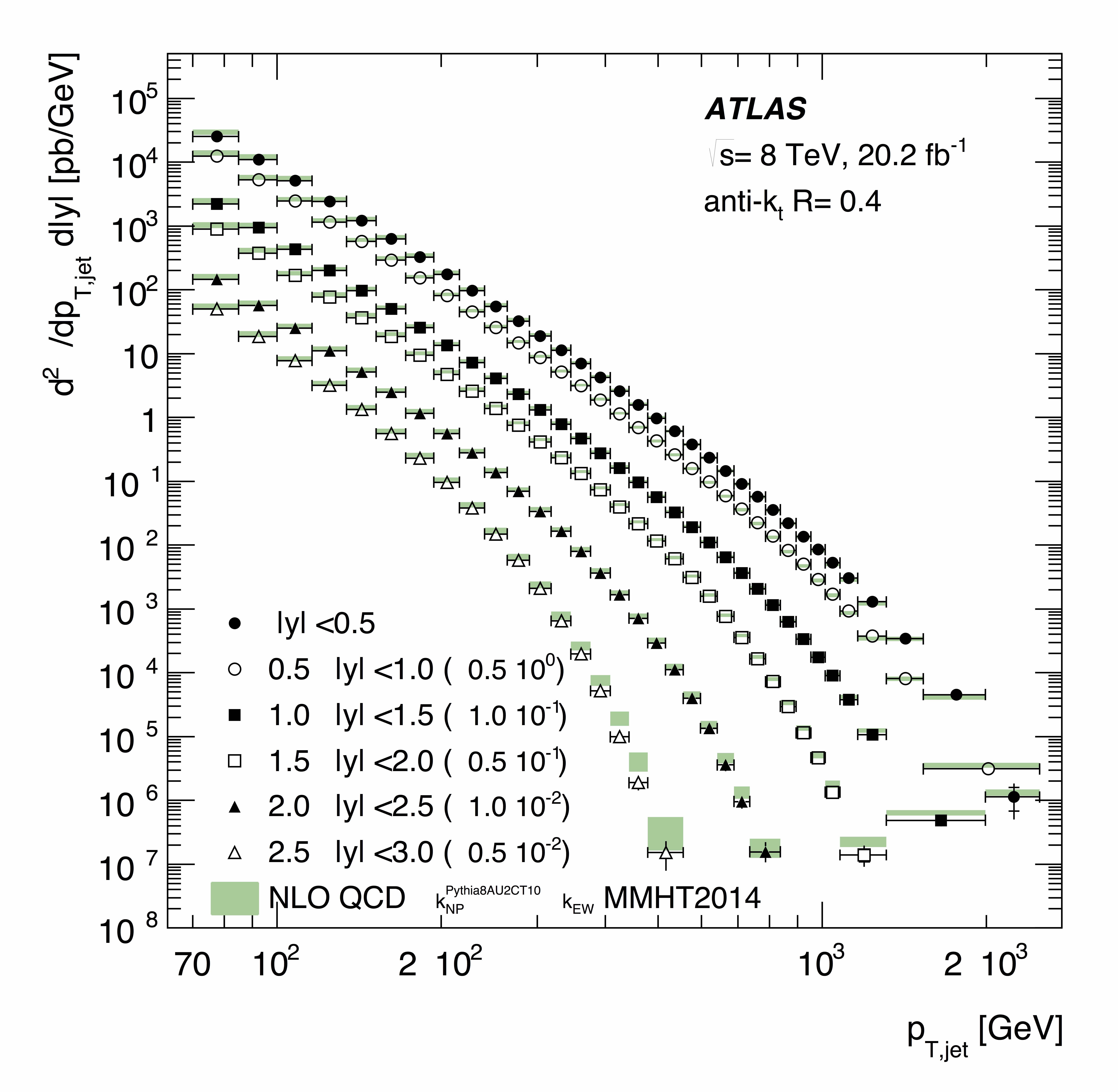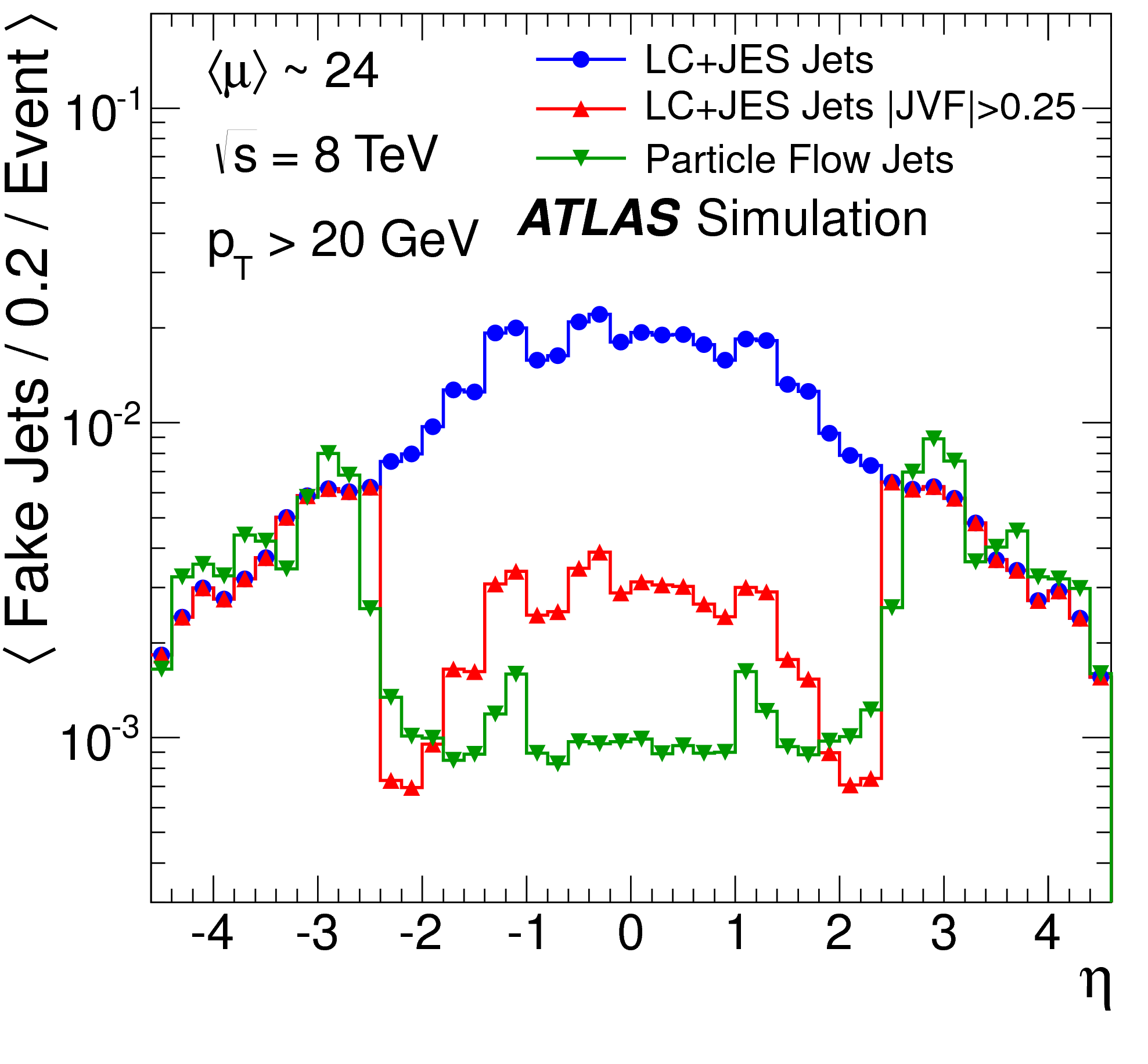What happens when energy goes missing?
3 November 2016 | By
Here at ATLAS, we like to consider ourselves pretty decent at tracking down particles. In fact, we do it every day. Just because a proton-proton collision doesn’t produce the next Nobel Prize winning particle doesn’t mean we can ignore it. Teams of physicists are still combing through every single event, rebuilding known particles out of the signals they leave us.
Unfortunately for us, some particles are tricky. They don’t leave any signal in the detector at all. Sure, these “invisible” particles could be something we already know about. But they could also be dark matter, one of the biggest mysteries in physics today. So physicists really want to be able to reconstruct these particles, and to do that, we have to be even trickier.

Imagine two billiard bills flying across a pool table and directly colliding with one another. That’s the sort of interaction we want from our protons at the LHC. Except protons are a bit more complicated. We know that each proton is made of quarks, which are fundamental particles, and gluons, which carry a force that holds the quarks together. All of these particles together carry the momentum of the proton as it is hurtling through the beam pipe. Physicists refer to anything in a proton that carries momentum as a parton. So, rather than just two billiard balls, we have a handful of billiard balls colliding with another handful. Things are going to start to get a little hectic.
Our big question at ATLAS: what happens to these sets of billiard balls after they collide?
Let’s look at one set of colliding partons individually. We know that each parton enters the collision with a certain amount of momentum entirely along the direction of travel. Once they collide, their interaction could produce a wide variety of other particles. Intuitively, in a head-on collision, it’s not likely that the new particles will keep their momentum along the initial direction; that’s what you would expect in a more glancing collision. Rather, the resulting particles will fly off perpendicular to the beamline, in what physicists call the transverse plane. So we have a scenario in which there is no initial momentum in the transverse plane, but there’s a lot of stuff in this plane after the collision. Flashback to physics class, where we’ll use the help of momentum conservation to figure this out. No matter how much stuff is in the transverse plane of the detector after the collision, it must all add back up to zero. In other words, the directions and magnitudes of the final state particles must cancel one another out.
Our big question at ATLAS: what happens to these sets of billiard balls after they collide?

Now let’s think about this same idea, but back on the pool table. Two bunches of billiard balls collide with one another and go flying in different directions across the table. You do this a few times, and suddenly you see a collision after which every single ball flies off in the same direction. This would look pretty unnatural to you. You may think that you saw every ball that emerged from the collision, but their suspicious behavior would lead you to conclude that something else had to have flown across the table in the opposite direction. Now we have to shift back to the ATLAS detector, because while there are no ghost balls to produce this effect (depending on what sorts of billiards halls you go to), in particle physics it is very possible.
The “ghosts” in our case are most often neutrinos. These are fundamental particles that simply don’t interact very often with matter, so they pass through our detector entirely unfazed. But they do carry off some momentum from the initial collision. We add up all of the particle vectors that we can see, and assign the neutrino whatever momentum we need to end up with zero. Take the event display shown here as an example. We can see the jets in the detector, so we add up those two vectors and draw the red line that perfectly balances the two blue ones. This red line is called the missing transverse energy, or MET, of the event.

The interesting scenario here is that – just maybe – the ghost is something we haven’t observed yet. It could be dark matter, but it could also be a light supersymmetric particle or some other exotic thing we haven’t even dreamed up yet. In order to make sure nothing slips past us, we have to stay on top of missing energy and be very precise with its measurements. After all, the task of ATLAS is to push the frontiers of particle physics into the future, to advance hardware and technology, and to make the next groundbreaking discovery. But without sinking the eight-ball first.





